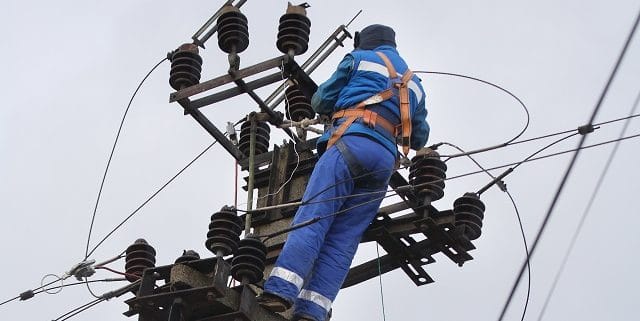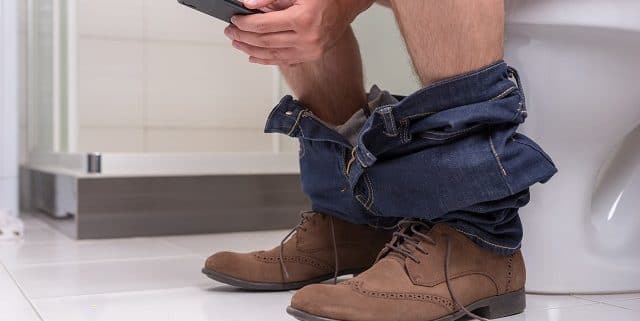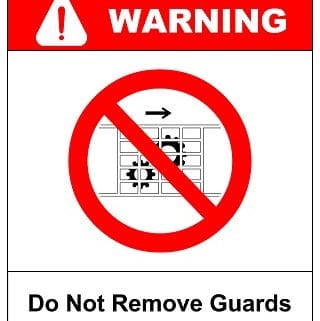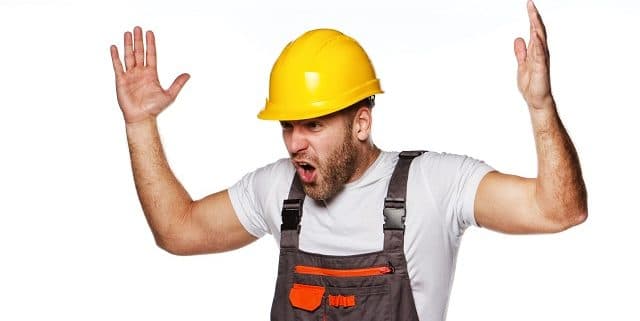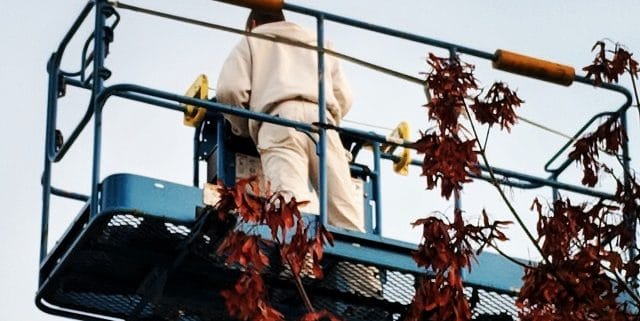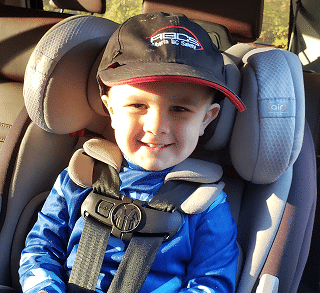Why are We Still Complaining?
I hear so many grumblings about safety. How it takes too long to do it the safe way… How it’s mostly so big companies can save on insurance… How it’s people that have no idea how to do your job, telling you how to do your job. How you’ve been doing it your way for 25 years. I can’t help but think would you hear these complaints in a different industry? Like maybe a live line worker? Do you think a worker being flown in by helicopter wearing a Faraday suit to climb onto live power wires, complains about safety? Or maybe this worker skips steps sometimes… Maybe he/she doesn’t want to wear the suit one day because it’s too hot out or their gloves make it to hard to work with smaller tools so they takes them off now and then. Of course not, they would die! Do you think they sit around the lunch trailer and complain about safety? I guarantee they don’t. Safety is how they make it home everyday. We could all use a bit more of their mentality. If you do a quick Google search of the most dangerous jobs in the world, the trades come up. So why are we still acting like we don’t need safety? Who cares if it takes longer to do it safely… I’m pretty sure you’re paid by the hour. So what if we have meetings and paperwork to bring down a companies insurance. Their insurance only comes down with zero fatalities and injuries, so we are still coming out on top. We aren’t on site knitting sweaters… We work in a dangerous environment and need to not only start following safety by the book, but start embracing it.

